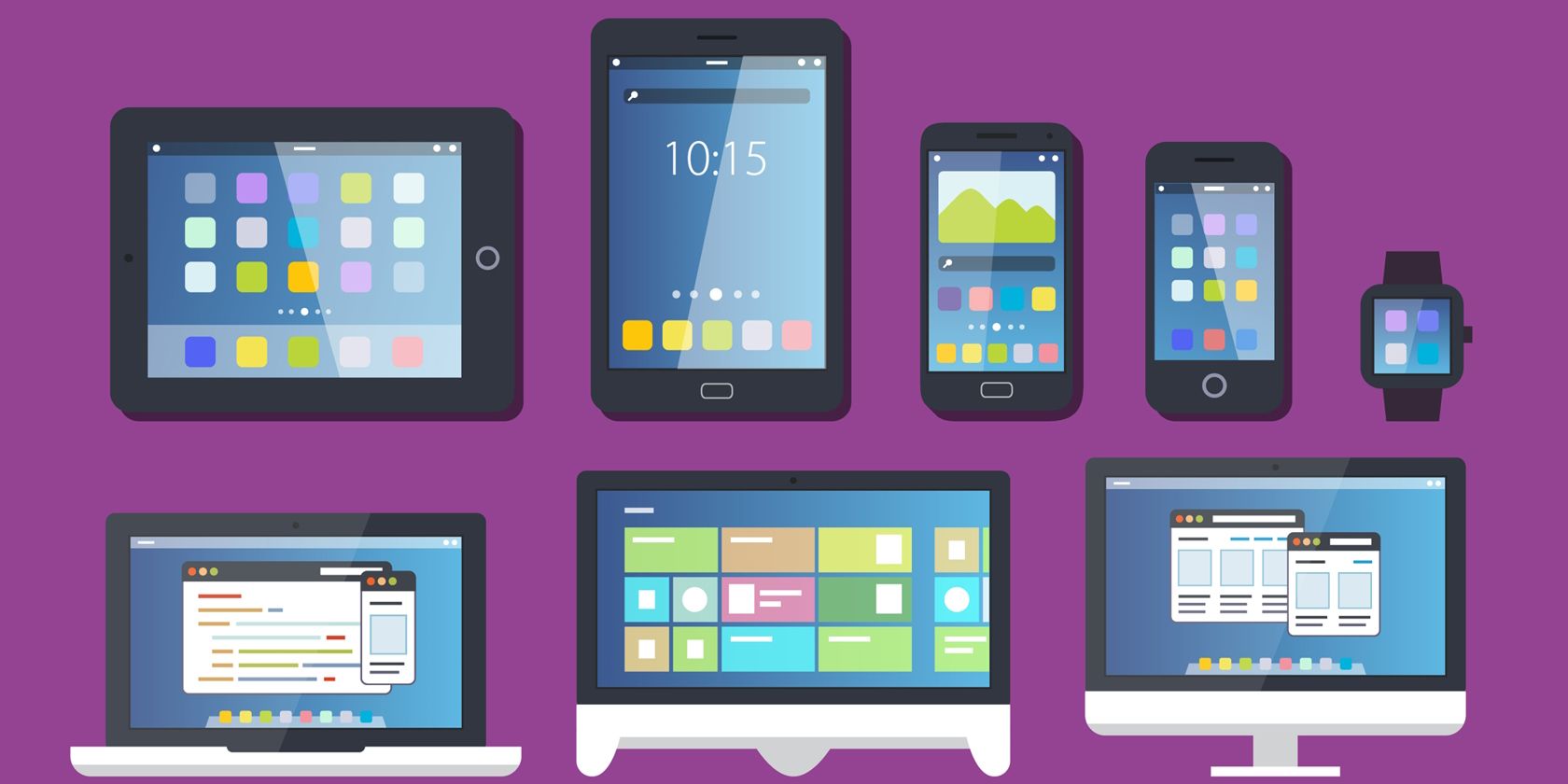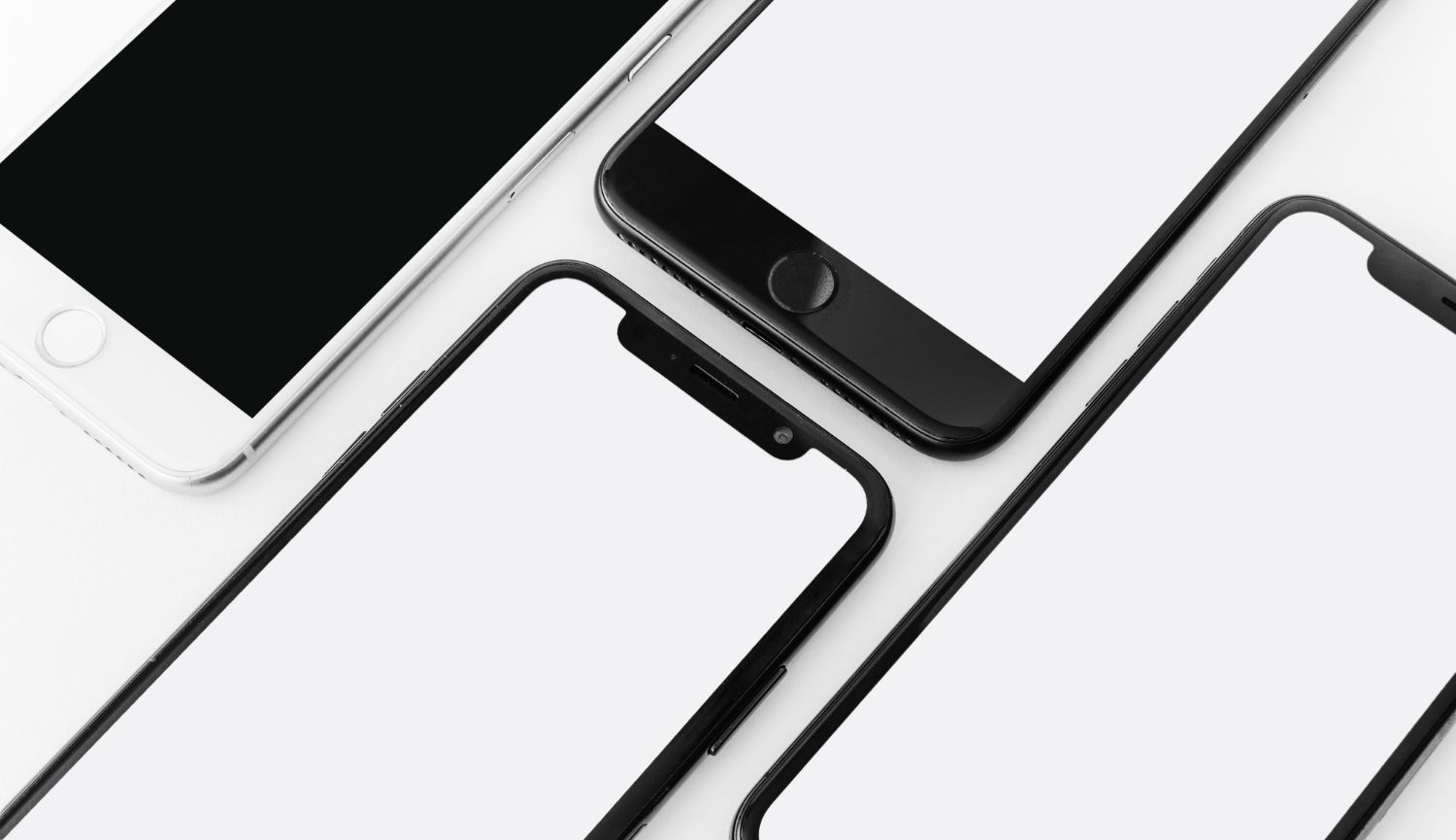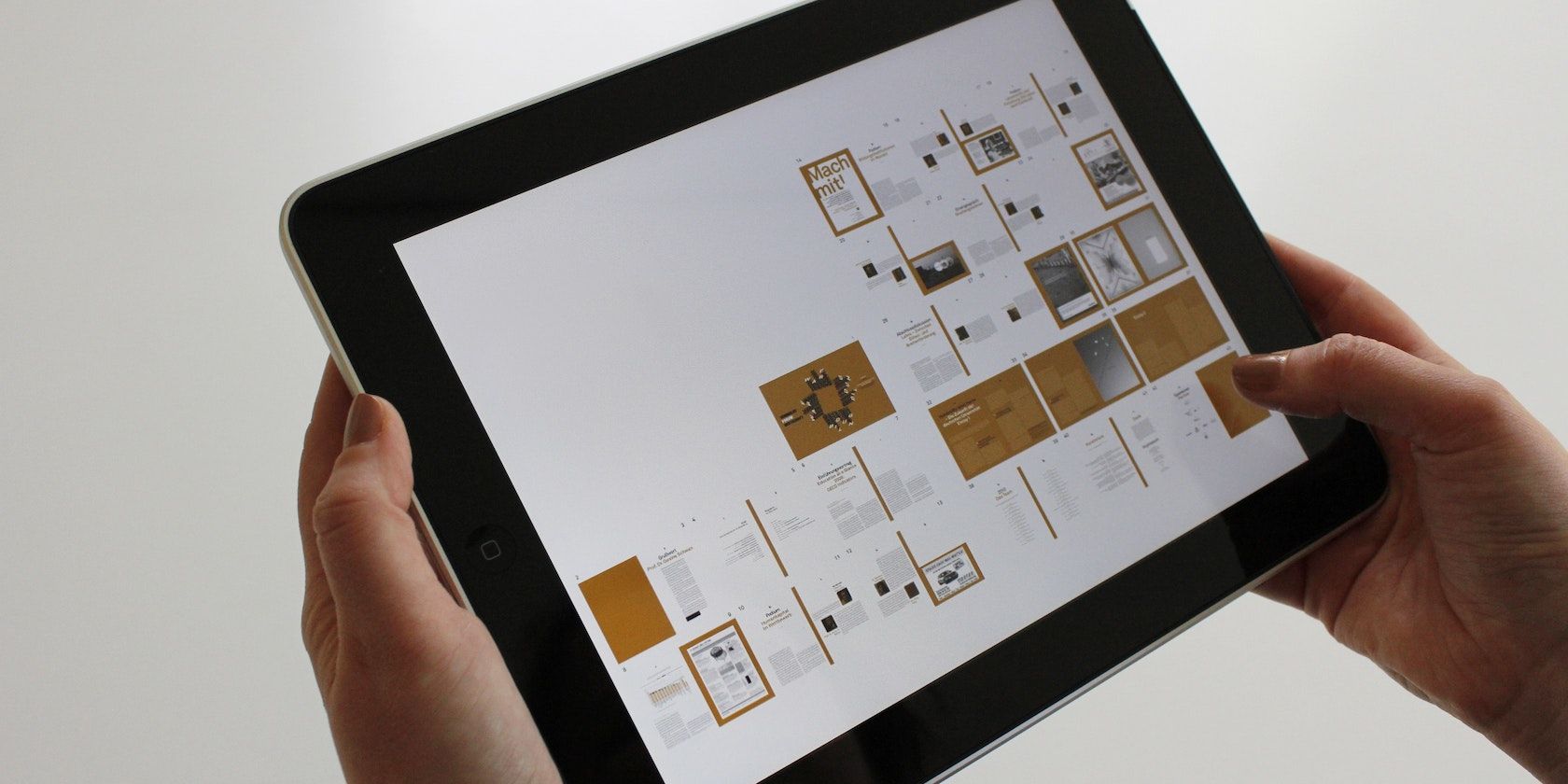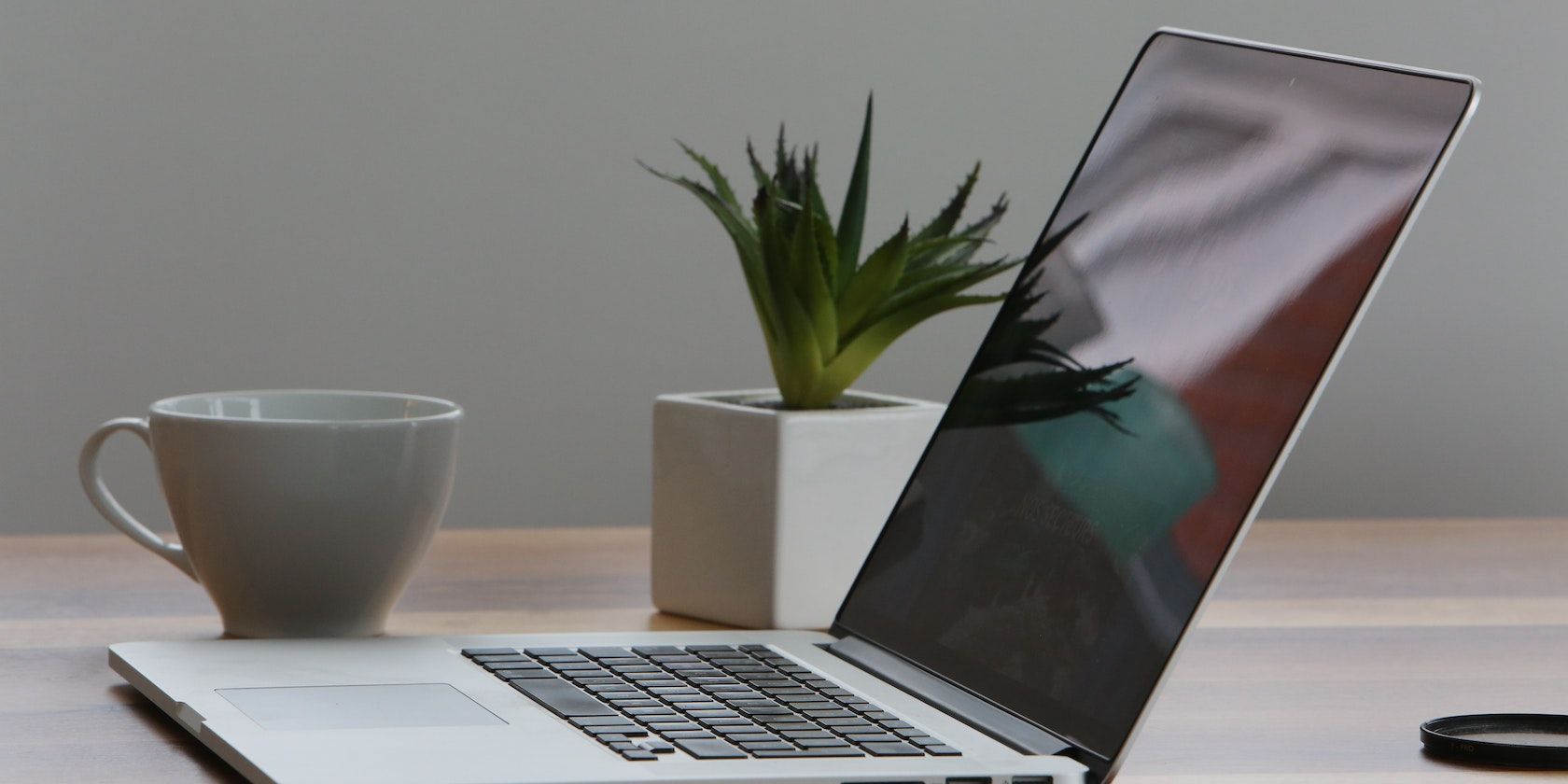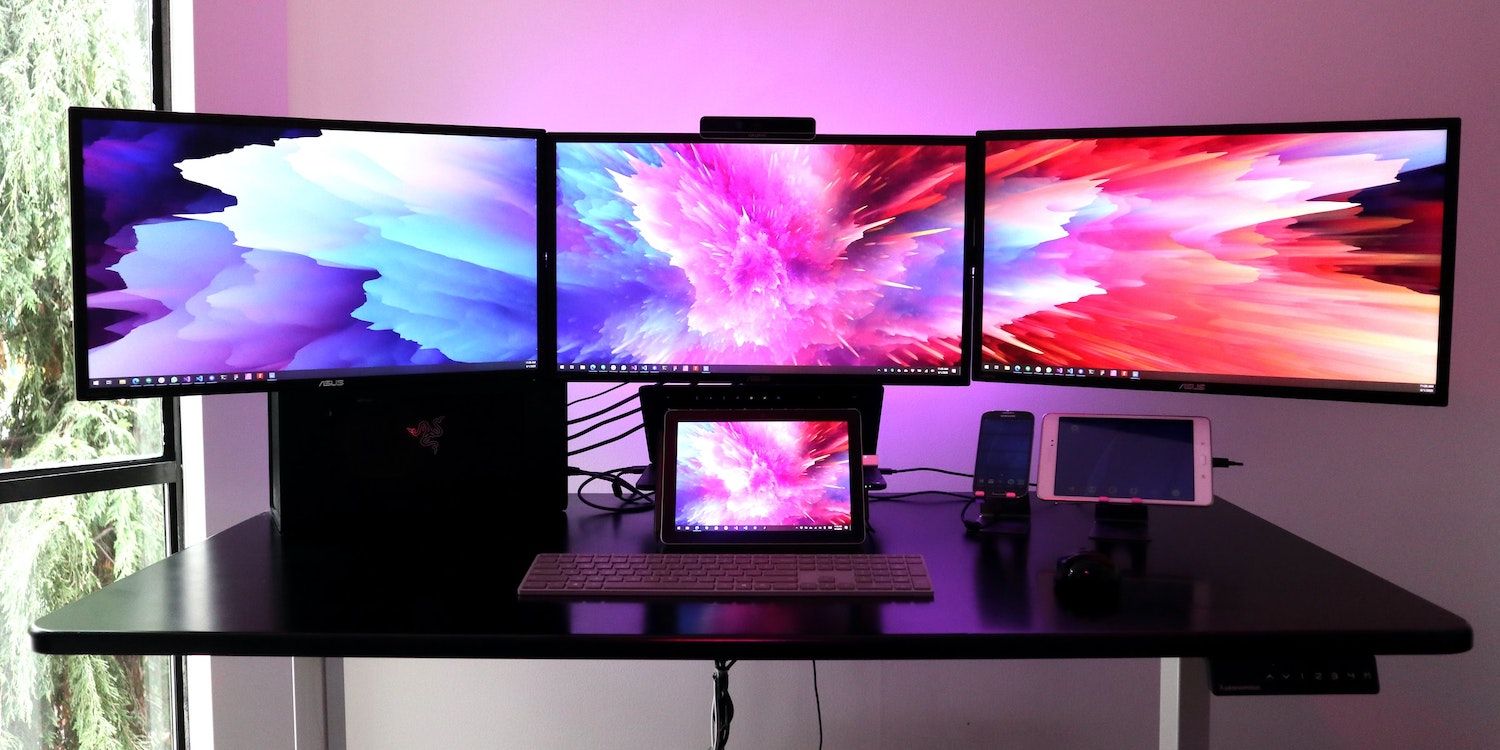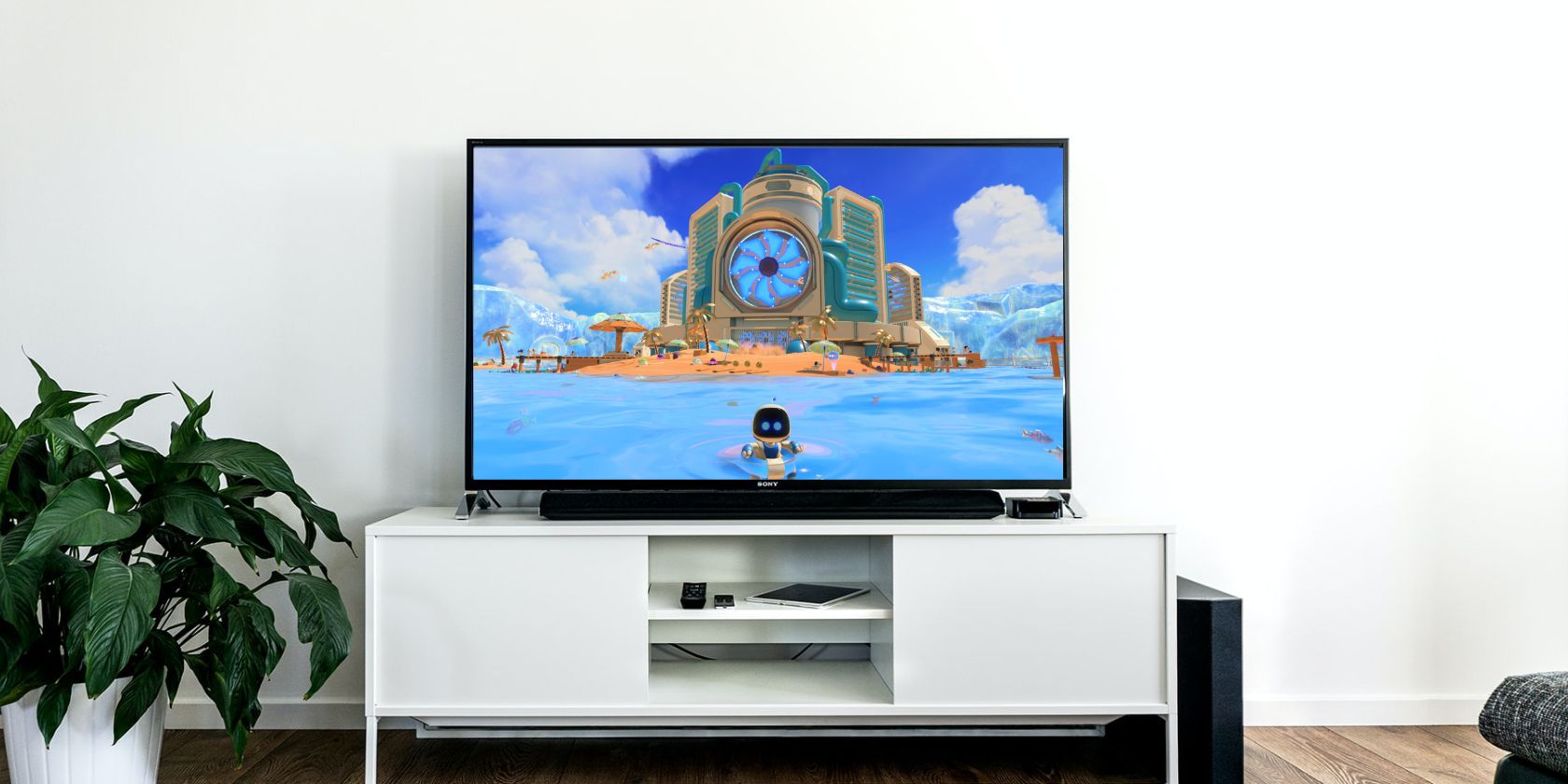Key Takeaways
- Bezel size affects the overall design and functionality of your device. Thinner bezels provide a sleeker look, more screen space, and better ergonomics.
- Different devices have different bezel considerations. Smartphones benefit from slim bezels for improved grip and aesthetics, while tablets strike a balance between mobility and immersive viewing. Laptops prioritize portability and viewing experience, while monitors and televisions focus on screen space and aesthetics.
- When choosing a device with thin or no bezels, consider factors such as intended usage, portability, ergonomics, durability, aesthetics, features, and price. Finding the right balance will enhance your experience and daily use.
Got a sleek new phone or tablet you can't stop staring at? Or maybe it's a new laptop, monitor, or television. Take a closer look at that frame around the screen. That is the bezel.
So before we dive into the ways bezels affect your experience, let's quickly go over what it is.
What Is a Screen Bezel?
The screen bezel is the border or frame surrounding the display on a smartphone, tablet, laptop, or any other device with a screen. It's what separates the screen's actual viewable area from the device's outer edges.
Bezels come in different widths. Some are thick and noticeable, while others are so thin they're almost invisible.
The bezel is made of plastic, metal, or glass and typically matches or complements the materials used on the rear casing of the device. It acts as a protective buffer around the fragile screen, separating it from the exterior edges where most impacts occur if you drop your phone. The bezel may also house essential tech elements like:
- Speaker
- Front-facing selfie camera
- Proximity/ambient light sensor
- Notification LED
- Fingerprint scanner
Of course, with an edge-to-edge, "bezel-less" design being the hot trend, some models ditch physical bezels for a seamless glass or curved screen. But there are always trade-offs when form trumps function. We'll get into that next!
How Bezels Affect the Performance and Usability of Your Devices
A skinny bezel sure looks sleek, but those chunky borders serve some practical purposes beyond just framing the screen.
1. Phones
Let's start with phones. Just a few years ago, thick bezels were the norm on smartphones. But these days, nearly bezel-less designs are mainstream. By maximizing the screen and minimizing the plastic or metal framing, phones can have more compact overall footprints without sacrificing display size.
A good example is the iPhone 13 Pro, which has a 6.1" screen but is easier to grip than older 5.8" iPhones. The slimmer bezels also allow for sleeker esthetics and a more immersive experience when viewing content or playing games on your phone.
The main downside is that smaller bezels leave less space for front cameras, speakers, and sensors. Manufacturers deal with this through notches, hole punches, and pop-up selfie cams.
But overall, modern smartphones' minimal bezel design improves esthetics and ergonomics.
2. Tablets
For tablets like iPads, thinner bezels have the same advantages as phones—more screen real estate within a portable form factor.
With its slim bezel, the iPad Pro allows you to be productive on a 12.9" device that's still comfortable to handle. Plus, it looks super slick, whether on your desk or couch.
On the other hand, chunkier bezels, like on Amazon Fire tablets, are geared more toward kids. They make the device easy to grip without dropping but reduce the amount of visible screen.
So tablet bezels represent a trade-off between mobility and immersion depending on your needs.
3. Laptops
Laptops have seen significant bezel reductions in recent times. Ultrabooks like the Dell XPS 13 have practically non-existent side and top bezels. This frees up space for a larger display while keeping the overall chassis compact. Your content can really fill up your field of view. However, laptops still need some bezel space on top and bottom for webcams and sensors.
Extremely slim bezels can also make laptops harder to open without accidental touches, especially touchscreen ones.
Overall, the modern thin-bezel laptop design allows for better portability and viewing. Just be aware that smaller bezels usually come with a higher price tag.
4. PC Monitors
Monitors prioritize screen space over portability, so ultra-thin bezels are very desirable. Monitors like the LG Ultrafine 5K have minimal bezels on all sides for a striking, immersive effect whether gaming, creating, or working.
This also allows multiple monitors to be placed side-by-side with virtually no bezels. The ultra-thin bezel monitor design does come with some ergonomic considerations, though. Smaller bezels leave less space for buttons and on-screen display controls.
The display itself is also more fragile without thicker framing for protection. But thin bezels give monitors a slick, modern look while enabling expansive multi-display setups.
5. Televisions
As with monitors, slim bezels are popular on modern televisions.
TV Brands like Sony, LG, Hisense, and more have adopted minimal bezels to create a more cinematic, immersive viewing experience in your living room.
Large, thin bezel screens can also be arranged side-by-side into seamless video walls often seen in sports bars and lounges.
On the flip side, the thinner bezel provides less material for gripping and moving the TV. Very thin bezels also make wall mounting more delicate as the TV has less structure for anchoring onto brackets or articulating arms.
But thin bezels are ideal for the ultimate theater-like experience at home if you can accommodate the handling challenges.
Should You Buy a Device With a Thin or No Bezel?
So, before that shiny new tech purchase, it's important to think beyond display size and resolution. You might want to consider the following factors:
- Intended usage: Thinner bezels are ideal if you want an immersive entertainment experience for watching movies and playing games on your gadgets. For productivity work, some bezel is useful to avoid accidental screen touches.
- Portability: Thinner bezels allow larger screens in sleeker, more compact product designs. This makes devices like tablets and ultraportable laptops easier to maneuver. But durability may suffer with extremely thin bezels.
- Ergonomics: Bezels provide grip space, making devices easier to hold without accidental interactions. But thick bezels also add bulk and make devices feel clunky.
- Durability: Bezels protect fragile screen components. Super thin bezels leave screens more susceptible to cracks and scratches during drops or daily usage.
- Esthetics: Minimal bezels create a smooth, modern, nearly all-screen look. But chunky bezels look dated. Consider your personal design preferences.
- Features: Bezels house front-facing cameras, speakers, buttons, sensors, and other useful components. Make sure slimmer bezels don't sacrifice the features you want.
- Price: Bezeless or thin-bezel designs are premium features that increase costs. Weigh display esthetics versus budget considerations.
The right balance of these factors can enhance your viewing pleasure, handling comfort, and day-to-day use.
Bezel Design Matters More Than You Think
So, in summary, the screen bezel on your devices definitely matters! A thinner bezel allows for a more immersive viewing experience and more screen real estate in a compact form factor.
But bezels aren't going away completely–they still serve functional purposes like housing sensors and structurally supporting the display. As bezels get thinner, manufacturers must get creative with integrating those components in less intrusive ways.

